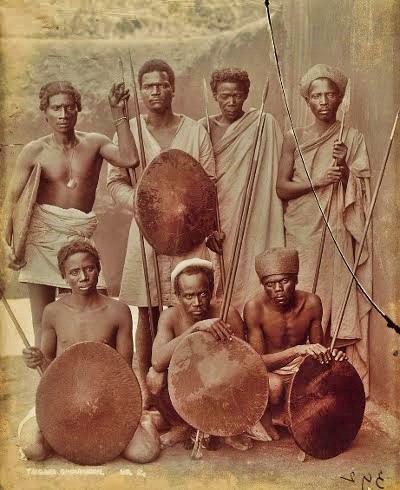The first accounts of the discovery of this island come from the Greeks who sailed the seas of Oceania, that is to say around 500 BC. But the most official thesis is undoubtedly that of a settlement by wave coming from Austronesia and Africa.
The history of the red island is very recent. It is one of the last lands to be populated. Coming from several horizons, the waves of arrivals have not ceased for more than two millennia until the 15th century of our era.
It has always been considered – for lack of significant archaeological finds – that Madagascar had not been occupied before the end of the first millennium AD, that is to say at a very recent time. When the Europeans began to take a scientific interest in the populations and the history of the island, they quickly noticed that the languages spoken in the big island belonged to an Indonesian branch of the Malayo-Polynesian family, which supported an origin of the settlement, but this hypothesis was in contradiction with the anthropological characteristics of the indigenous populations, most of them adopting very African characters as for the Indonesian traits, they were very clearly maintained among the Merina and the Betsileo of the north.
Maritime migrations from the Indonesian archipelago could only be made on board large vessels which we now know that the people of Sumatra knew how to build during the time of the Srivijaya Empire. The history of the settlement of Madagascar still remains very difficult to reconstruct insofar as the Austronesian cultures were civilizations of the plant and therefore left, for these very ancient periods, only very few identifiable traces likely to be exploited by archaeological historians, except for the pots of chloritoschite discovered on the site of Vohémar, on the northeast coast of Madagascar, which are very similar to similar objects discovered at Dembeni (in the Comoros) and on the East African.
It is necessary to add to these various hypotheses that relating to the Vazimba, the first more or less mythical occupants of the island, whom the ethnologist Jean Poirier supposed to be relatives of the bushmanoid populations of southern Africa... The first Paleoindonesians - undoubtedly mixed with African elements – practiced navigation and fishing as well as slash-and-burn agriculture, according to methods identified among certain populations of Borneo.
If the origins of the Indonesian population of Madagascar are therefore more or less known, those of its coastal populations, obviously African with the exception of the Arabs, is still a subject of debate.
The People of Madagascar
08/14/2015
3 comments






Hello May Meyi,
As there is no more to say, history is written by those who unfortunately won. A duty of memory is therefore essential for those who can and especially those who want it because everything comes from wanting.
The descendants of the Pirates of Java and Borneo are rewriting history. Yes, all things considered, this story resembles that of the “american”, with genociders and a few survivors who only come out of their forest trembling, even today.
Hello,
So if I understand correctly, the people of Madagascar say “Malagasy” is of Malayo-Polinesian, African and a little Arabic origin in the south and north of Madagascar. In summary, all of these races have formed what is called “Malagasy”, we are like the Americans then!
See you !